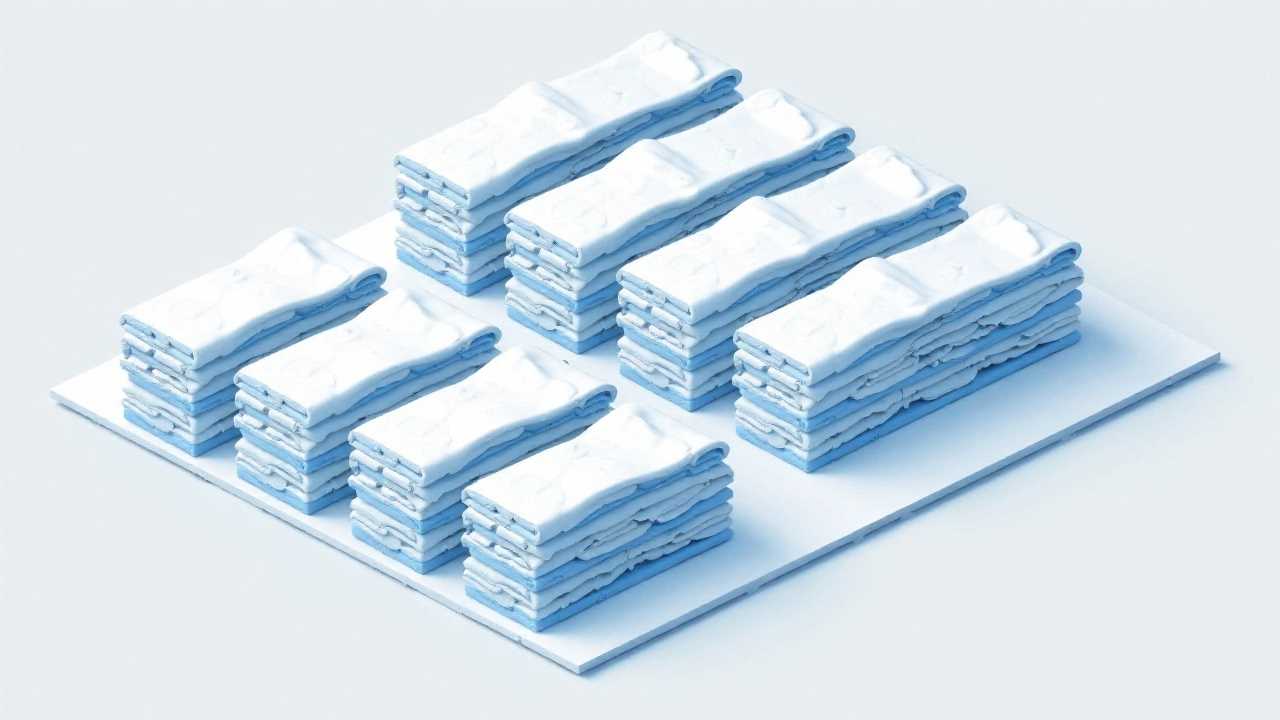
Understanding Pattern Making in Fashion
Pattern making serves as the backbone of the fashion industry, acting as a bridge between the designer's vision and the final garment. This intricate process involves creating templates that dictate the shape and structure of clothing. By mastering pattern making, we can ensure that our designs translate seamlessly into wearable art. This discipline is not merely about cutting fabric; it encompasses a deep understanding of garment construction, textile design, and fashion illustration.
The Role of Garment Construction in Pattern Making
Garment construction is the practical application of pattern making. It involves sewing the pieces together to create a finished product. A well-constructed garment not only looks good but also fits well and lasts longer. Understanding the principles of garment construction allows us to create patterns that are not only aesthetically pleasing but also functional.
Key elements of garment construction include seam types, stitching techniques, and finishing methods. Each of these components plays a crucial role in how a garment fits and feels. For instance, the choice of seam can affect the durability and comfort of the piece. By integrating garment construction knowledge into our pattern making process, we can produce high-quality garments that meet the demands of consumers.
Textile Design: The Fabric of Our Creations
Textile design is another vital aspect of pattern making. The choice of fabric can dramatically alter the look and feel of a garment. Different textiles have unique properties that influence how they drape, stretch, and wear. By understanding textile design, we can select the right materials that complement our patterns and enhance the overall design.
When creating patterns, we must consider the characteristics of the fabric, such as weight, texture, and elasticity. For example, a lightweight cotton may behave differently than a heavy wool when draped. This knowledge allows us to create patterns that work harmoniously with the chosen textile, resulting in garments that are both beautiful and functional.
Fashion Illustration: Bringing Ideas to Life
Fashion illustration plays a pivotal role in the pattern making process. It serves as a visual representation of our ideas, allowing us to communicate our vision effectively. Through illustration, we can experiment with colors, textures, and silhouettes before committing to a final design.
Illustration also aids in the pattern making process by providing a clear reference point. By sketching our designs, we can identify potential challenges in the pattern and make necessary adjustments before moving to the cutting stage. This proactive approach saves time and resources, ensuring a smoother transition from concept to creation.
Draping Techniques: Shaping the Fabric
Draping techniques are essential for understanding how fabric interacts with the body. This method involves arranging fabric on a dress form or model to create the desired silhouette. Draping allows us to visualize how our patterns will translate into three-dimensional garments, providing insight into fit and movement.
By mastering draping techniques, we can refine our patterns to achieve the perfect fit. This hands-on approach enables us to make real-time adjustments, ensuring that our designs flatter the body and enhance the wearer's confidence. Draping is not just a technique; it is an art form that elevates our pattern making skills to new heights.
Fit Assessment: Ensuring the Perfect Fit
Fit assessment is a critical step in the pattern making process. It involves evaluating how a garment fits on the body and making necessary adjustments to achieve the desired silhouette. A well-fitted garment enhances comfort and style, making it essential for any fashion designer.
To conduct a fit assessment, we must consider various factors, including body shape, movement, and personal preferences. By taking accurate measurements and conducting fittings, we can identify areas that require modification. This attention to detail ensures that our patterns result in garments that not only look good but also feel great to wear.
Sample Making: Testing Our Designs
Sample making is the final stage in the pattern making process. It involves creating a prototype of the garment to test the fit, construction, and overall design. This step is crucial for identifying any issues that may arise during production.
Creating a sample allows us to evaluate our patterns in real-world conditions. We can assess how the fabric behaves, how the garment fits, and whether any adjustments are needed. By investing time in sample making, we can refine our designs and ensure that the final product meets our high standards.
The Art of Mastering Pattern Making
Mastering pattern making is an intricate process that encompasses various disciplines, including garment construction, textile design, fashion illustration, draping techniques, fit assessment, and sample making. By honing our skills in these areas, we can create stunning garments that not only reflect our creative vision but also meet the practical needs of consumers.
As we continue to develop our expertise in pattern making, we pave the way for innovation and excellence in the fashion industry. This journey requires dedication, practice, and a willingness to learn, but the rewards are immeasurable. By mastering the art of pattern making, we can transform our ideas into reality, creating fashion that inspires and empowers.
 SportsHollywoodLifestyleFashionHome & GardenTrendsPrivacy PolicyTerms And Conditions
SportsHollywoodLifestyleFashionHome & GardenTrendsPrivacy PolicyTerms And Conditions
